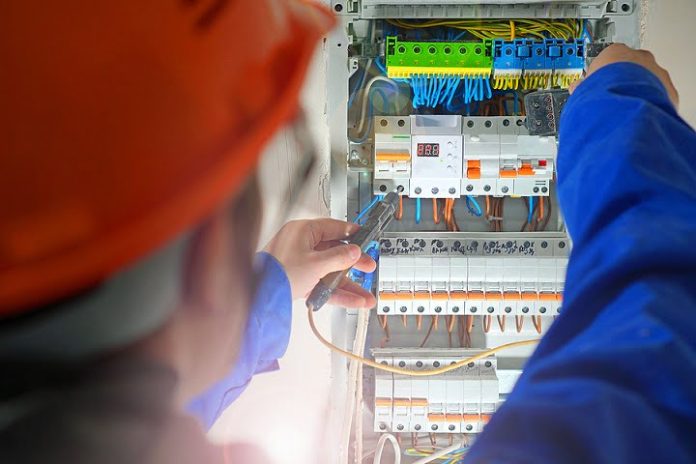What’s the most vulnerable element of an electronic security systems as far as SEN is concerned? Would you say it’s head end equipment, equipment in the field or the network that’s operating behind the scenes?
A: Electronic security systems have bottleneck points of failure – a single sensor is not a bottleneck, while a wireless alarm communicator that acts as the primary link to a monitoring station is a bottleneck. It’s possible to diffuse these chokepoints by adding layers of redundancy.
We tend to think the most vulnerable element of electronic and networked security systems is power supply but there’s more to worry about than that. In the case of power, you can undertake monitoring through SCADA controllers, or through the access control or alarm system. You can add additional battery support/UPS, and formulate procedures for immediate dispatch of a static security officer in the event of power fail, should elements of a system be set to fail open.
Other areas of vulnerability include accessible earths, accessible comms infrastructure, unsecured racks in shared IT spaces, accessible cable trays, and security devices and support cabling installed within reach and/or without the support of secure housings and tamper alarms. Electronic and networked security systems installed without adequate support from physical security solutions are also vulnerable.
There are key areas of failure that don’t spring immediately to mind. Inadequate or unknown procedures, inability to reach emergency contacts in an emergency, system designs that fail to provide sufficient layering to protect assets between the time of intrusion and the time response teams arrive.
Then come blind spots in situational awareness caused by too few alarm sensors, unmonitored mechanical keyways that cannot report door state, CCTV cameras that are poorly sited, poorly chosen or poorly commissioned for the application, security systems that are not monitored by professional monitoring teams.
When thinking about vulnerabilities, let your mind wander. In SME applications, operational failure of the system may come down to an expired credit card, a comms provider’s notification sliding into junk mail and the subsequent cancellation of internet services.
After hours, the system may be supported via an app running on a single authorised smart device that suffers battery failure. Meanwhile on larger sites, a Meraki license might expire and, if unattended, this may isolate swathes of topology located behind it.
#sen.news











